The work of buyers, sellers and manufacturers of machine guards and rear mesh is really all about improving workplace safety.
But how common are occupational fatalities, and to whom do they occur? To find out, I started by reviewing 27 pages of statistics from the Swedish Work Environment Authority – namely the list of all those who have lost their lives during the course of their work in Sweden in the years 2008-2020. Although Sweden has no more than ten million inhabitants and safety is something that is high on the agenda, there are a lot of accidents in our workplaces.
I could quickly see that truck drivers and farmers were two particularly accident-prone professions. But since we manufacture machine guards and rear mesh, I wanted to take a closer look at this. How many people actually die in accidents involving machines, robots and conveyor belts? And how many die when something falls on them? In the last 13 years: about 100 people.
The types of objects that fall on workers vary. Trees, in forestry work, are by far the most common. But there are also people who perished under falling ceilings, walls, gates or pipes. One individual was killed under a container, others under a concrete pillar, a light, an antenna, a crane, a beam, shafts, a hay bale, cereals, an excavator bucket, a load unit, a silage bale, a silage roller and a paper roller (larger model used at paper mills). Yes, it’s a long and macabre list. In other cases, goods or cargo (ranging from timber to pallets) had fallen on the driver from the truck trailer, excavator or loader. Yet it is not on trucks and machines that our rear mesh is mounted, but on warehouse racks.
I could only find two warehouse workers on the long list of occupational fatalities: one collided with a train on New Year’s Eve and the second involved a Bobcat skid steer. So neither had been struck by falling goods.
Let us hope that, rather than just being a coincidence, there is such a good safety mind-set in Swedish warehouses that precautions have already been taken to ensure that goods cannot fall down into the aisle behind, which is something that can of course happen if, for instance, a forklift driver places a pallet too far back on a rack or knocks down a pallet already on the rack.
Hopefully this means that warehouses are no longer using DIY rear mesh made from materials that were actually designed for something else entirely and which had never undergone load and impact testing.
At the same time, only a small proportion of all accidents are fatal. Physical injuries to workers and damage to goods are far more common, and these were not accounted for in this set of statistics.
What are the statistics for fatal accidents involving machines, conveyor belts and robots? Unfortunately, the list of occupational fatalities over the last 13 years is long:
This tragic list also includes several machine operators who had been pinned in a packing machine, CNC machine, between paper rollers; caught in “machine”, “rolling machine”, “with arm in conveyor belt”, along with someone who was crushed by a metal fixture and someone who was fatally injured in a forging press.
The statistics do not say anything about the circumstances of the individual cases, but, with so many accidents involving machinery, one naturally wonders whether these workplaces truly had appropriate and properly installed machine guards?
Looking at occupational fatalities in Sweden in the 2010s, the number is highest in construction (90), followed by transport and storage (83), agriculture, hunting, fishing (75) and manufacturing (57). The industries with the fewest fatal accidents in the ten-year period were the hospitality industry and information and communication sector, with two deaths each.
As I am writing this, I hear the voices of those fortunate enough to not have experienced the above: But shouldn’t everyone be able to feel safe at their workplace? In cases where all that’s missing are a few mesh panels, the choice should be simple – rather make sure that you have rear mesh or machine guards you can trust, than putting all your faith in your guardian angel.
Nowadays, it’s easier than ever to install machine guards and rear mesh in pre-existing environments, since Garantell’s products are made to measure. So let us hope that, in 2021, those of us in the industry can contribute to fewer workplace accidents across Europe. After all, that is the ultimate purpose of our work – no matter if you develop, manufacture, sell, purchase, assemble or market the products!

Light has always had a special place in Sweden. Even in the darkest of winter, as I walk through the city streets there are lights in every window from candles, lamps, and Christmas decorations illuminating the snow clad buildings. It makes me realise how much people actually miss sunshine and long summer nights. The longing for light in Sweden culminates around one of the shortest days of the year- December 13, called “Luciadagen”.
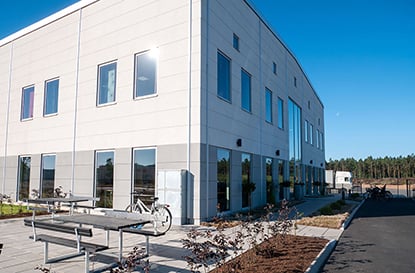
In a company where growth is in constant focus, it is easy to end up in a situation where you constantly ‘just have your head above water’. You know the feeling? The focus is on machines and productivity. You forget things like employee well-being, work environment and tidiness. We are trying to change that! We believe that everything is connected. Order, quality, employee well-being is in line with customer satisfaction. How do we work with this? On many levels actually, but this time I thought I would tell you about our work with property, work environment and the group that has been working with this. Here are some tips to make the workplace more pleasant, based on our experience. Maybe you can get inspired by it!

Remember the moment when the clock struck twelve and you made all these New Year’s resolutions? Eating healthier, moving more? It has been more than seven months now. How is it going? Surveys show that less than 50% of the people are able to keep their promises for more than a couple of months. But do not feel unsuccessful, it is never too late to start a new habit. My tip is not to promise, set goals instead. Then you can have intermediate goals, rewarding yourself. If you miss an intermediate goal, well it is not a disaster, you have a new chance for the next intermediate goal. This feels much better than breaking a promise.


Have you ever wondered how it is to work in a self-leading team? Does it sound like a dream? Or are you rather sceptical? At Garantell, we are trying to work like this. In all transparency, it is a bumpy road. And this might sound corny, but we are growing every day. I want to share some lessons learned. I think that setting shared goals, growing together, and maintaining a good working environment helps us on the way.

It went so fast. One cannot completely grasp it, but we have a spring feeling in our cold country. We went from -18 to +8°C in one week, so we really did not have the time to let it sink in. The snow melted at a furious pace and most of us removed skates and skis to make room for bicycles and boats…
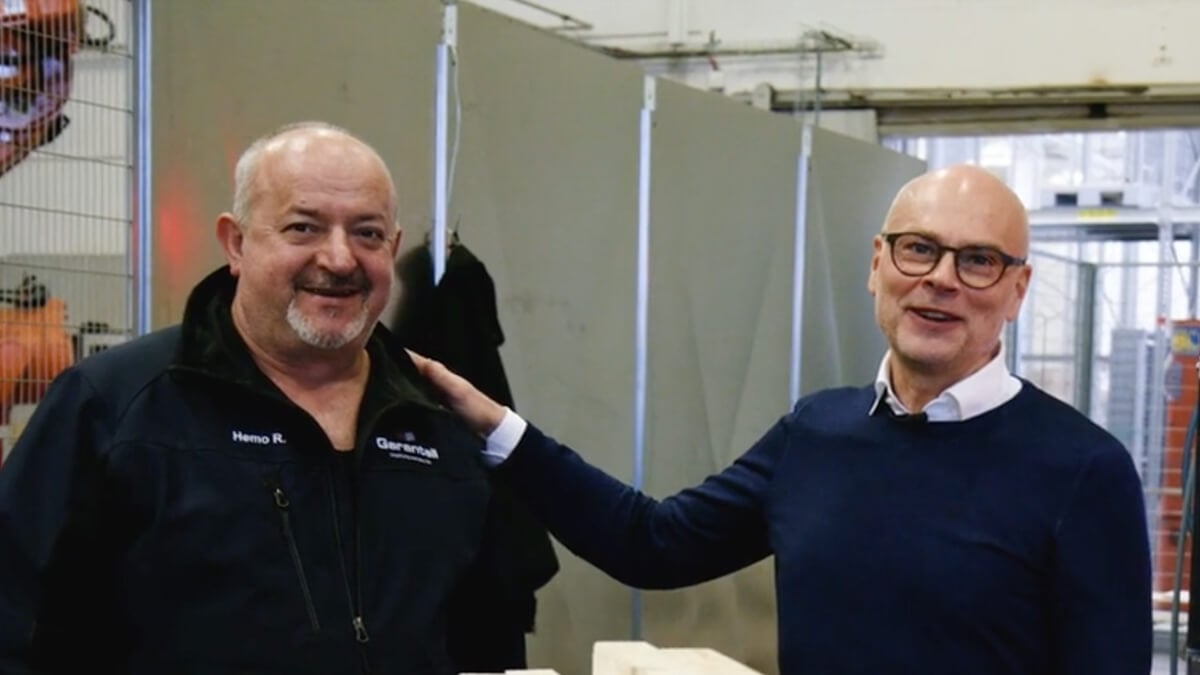
Digitalization is important to Garantell. From our customers drawing mesh decks, machine guards, rear mesh in the Garantellator online to producing it, everything is automatic. But digitalization is only a tool. Our self-leading teams are at the heart of our company. How those two go together explains our chairman Mikael Axelsson. This time around he has not written a blog, but we made a vlog. Watch it here:
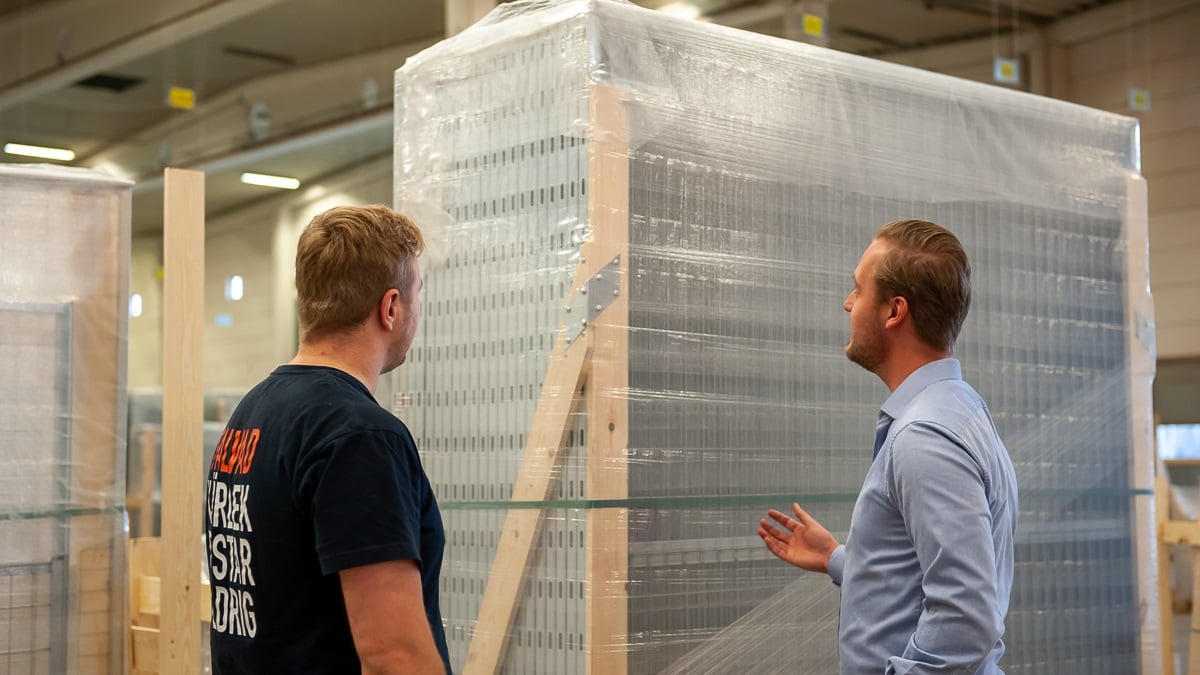
In today’s world, it is important to keep on your toes and be well-prepared for whatever the day has in store. This is so much easier to achieve when you have employees around you with different experience and knowledge. Perhaps you have read the previous blog posts “Different Nationalities, Shared Strength” and “Shared Breakfast, Nourishment for the Soul”, written by a couple of my colleagues. They give the impression that we are like a bag of mixed sweets – a great many people from different countries and different departments. And that really is true. Garantell has all functions and departments under one roof, from Production to Sales, from Development to Painting.

Everything started when I left my beloved Iraq in 2015 and came to Sweden. I had to leave a life, a family, a career and a future. Everything. To start anew. In the middle of summer 2018, I entered Swedish working life. It was Garantell who opened the doors for me. I can clearly recall the day I biked through the fragrant and dense forest to get to Speditörvägen 8. Things I knew for certain: That day was the beginning of a new chapter in my life in Sweden. I was more than ready, full of gratitude and brimming with curiosity. I had great expectations and felt a strong drive.

Time is one of the few things in life that is truly equal – no one can complain or insist that the quota is unfair. Although, the 24 hours a day we all have at our disposal can be utilised or wasted in various ways. However, only the things we manage to accomplish endure over time.
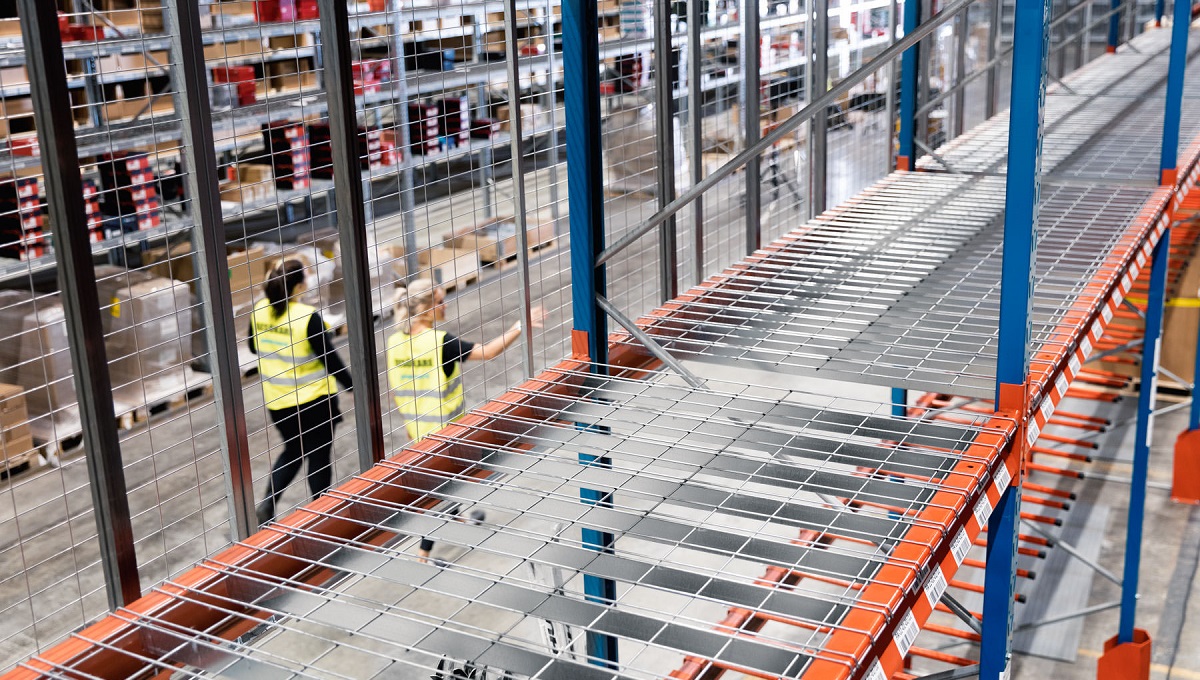
Can we lower the height of the safety mesh here? Can we add hinges and angle the mesh here? Can we increase the clearance as there are conveyor systems that go in and out of the machine here? Can we create a fitting for this type of switch? Yes, of course we can! There’s always some kind of obstacle when creating a safety layout. This can be anything from an uneven floor to the fact that there are already several structures, such as beams, blocking the locations of the safety mesh.
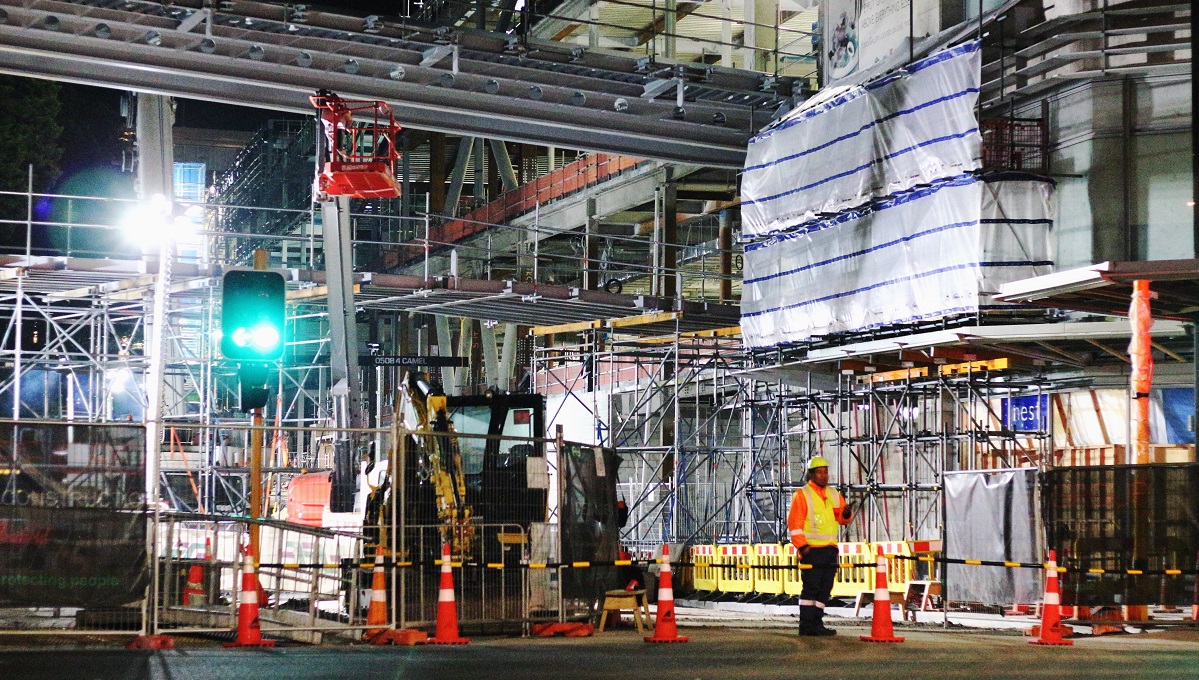
How many risks are there in the workplace and does a totally safe workplace actually exist? Is it enough to have warning tape on forklifts, should there be specific lines on the floor indicating where forklifts may drive, or should ceiling lights be illuminated to ensure safety?
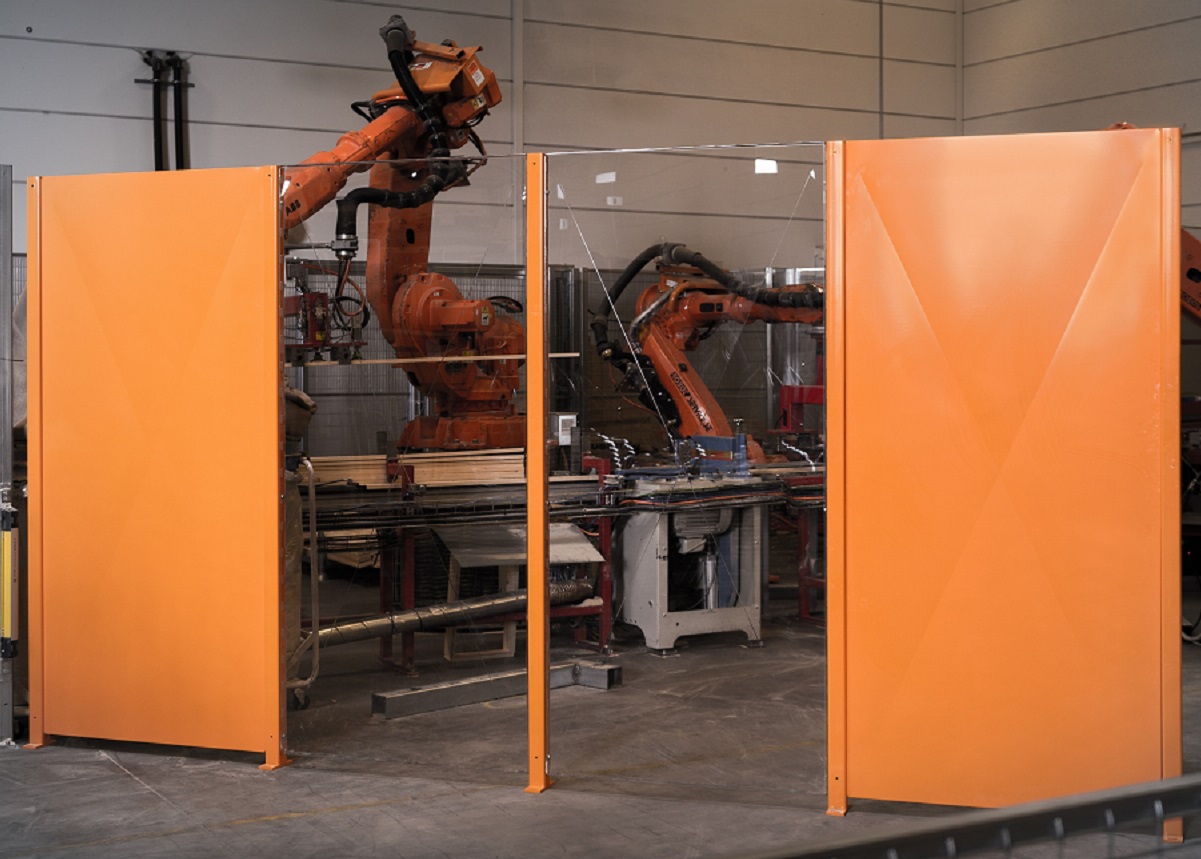
Our product range has been given several updates this spring. We have released new sliding doors for our machine guards. These can be adapted in height and width to suit any project perfectly. Two versions are available: bottom running with free opening height and top rail for larger dimensions.
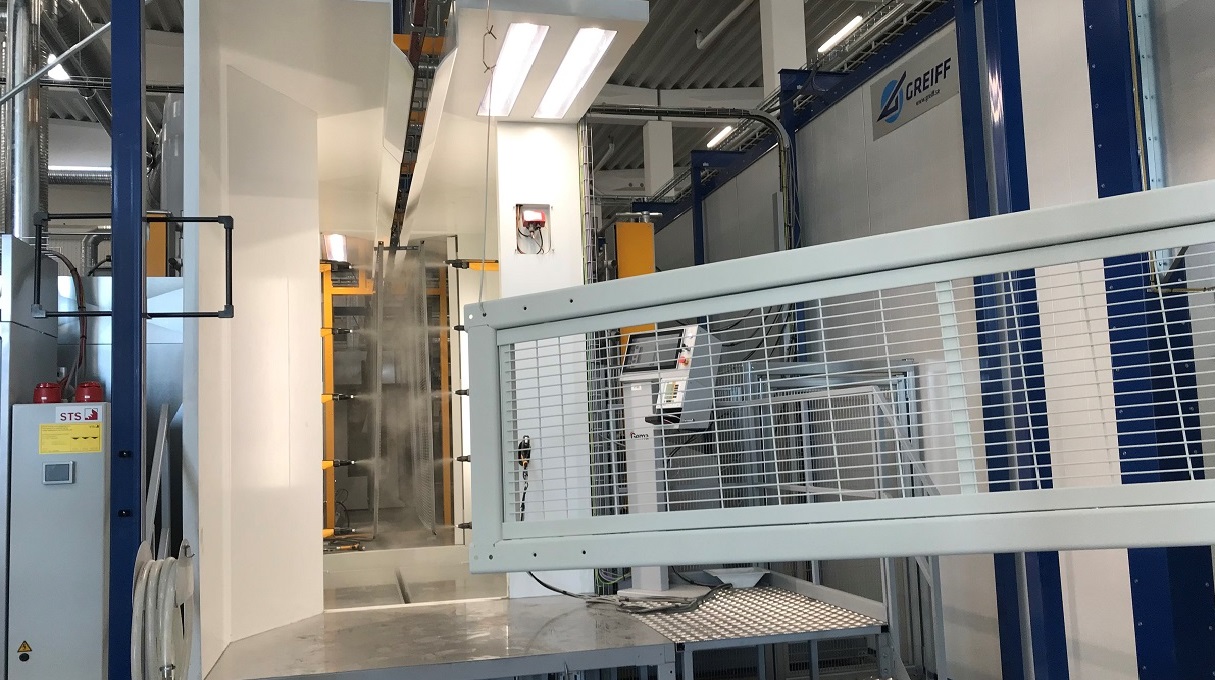
We have recently installed a completely new powder coating line in our factory, in which objects of up to 2000 x 3000 x 700 mm can be powder coated in any RAL colour. The staff in charge have 50 years of experience in powder coating. This new investment means that we now can offer you an even better and faster service than before – a way of simplifying everyday life.